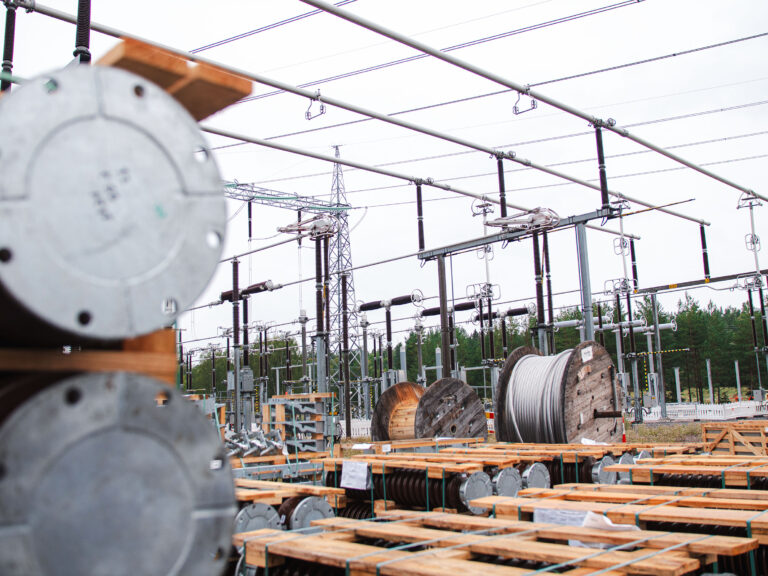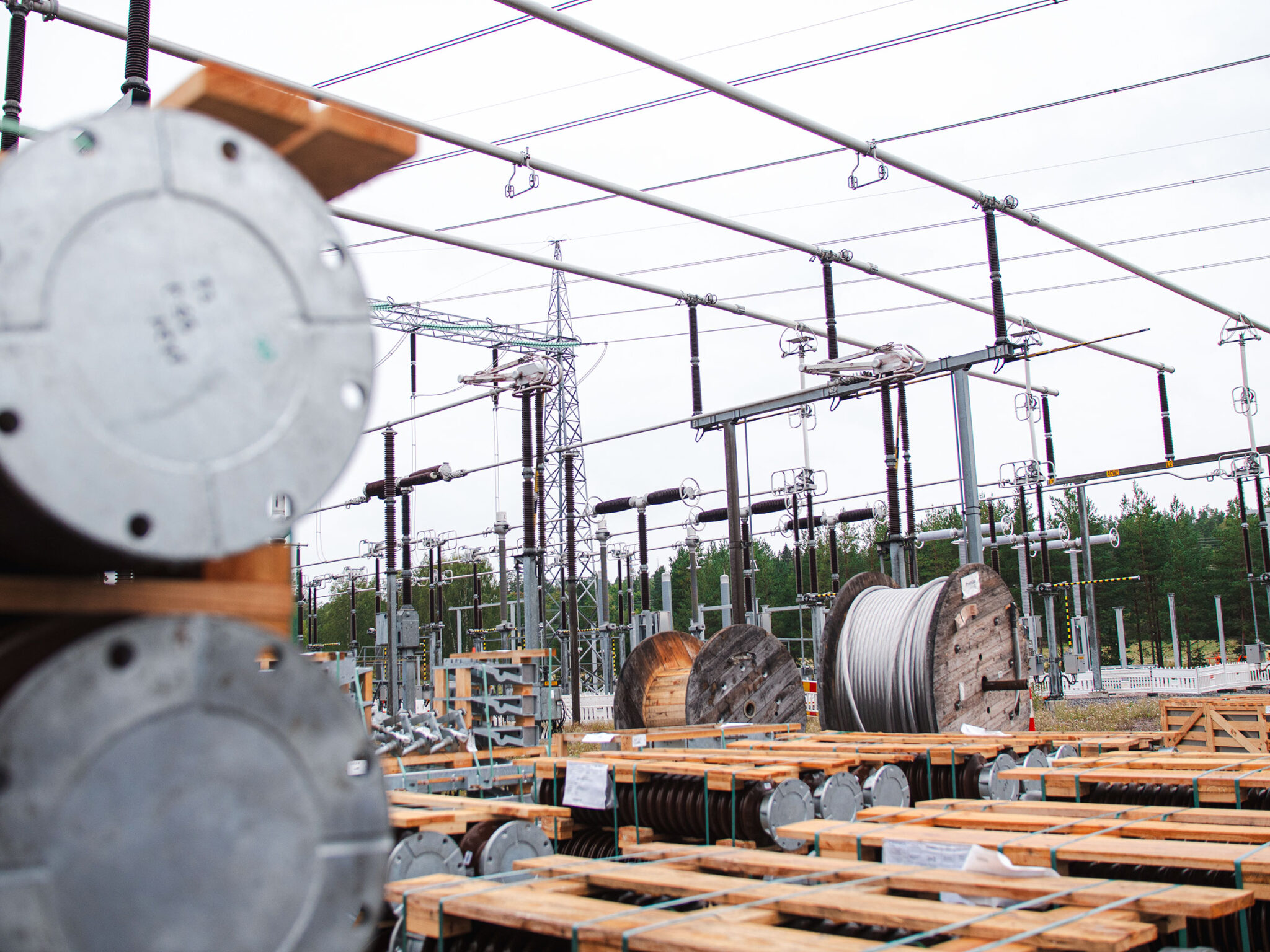The EU’s Third Energy Package (2009) set a future goal of Eropean-wide internal markets. To this end, the preparation of network codes was initiated, and different stakeholders from the energy industry have been heard at various stages of the network codes’ preparation. Key actors in the preparation of network codes are the European Commission, the energy regulators through their cooperative agency ACER, and the European transmission system operators through their cooperative organisation ENTSO-E.
Network codes are legislation under EU regulation 714/2009 and are a directly enforceable legislation in member states. As European legislation, the network codes are above national legislation in the hierarchy, and in case of conflict, override it.
It is the duty of the member states to implement the network codes and to ensure the harmonisation of national legislation with the network codes. Fingrid has a statutory obligation to promote the issues laid down in the codes. The network codes are therefore directly binding to actors in the industry.
System operation codes
The system operation network codes aim at high system security for the interconnected transmission system. The codes also provide a framework for the efficient cross-border distribution of reserve power resources. The network codes entered into force during 2017.
The system operation codes are:
- Transmission System Operation, SO
- Emergency and Restoration, ER
The SO code outlines the minimum requirements and common harmonised rules for transmission system operators (TSOs), distribution system operators (DSOs) and electricity producers and consumers using the power system. For example, it requires transmission system operators to improve their coordination via a Regional Security Coordinator, or RSC. In addition, requirements have also been set for transmission system operators to draw up common procedures and practices for further specification.
The ER code harmonises the action of transmission system operators in the event of disturbances. The ER code obligates transmission system operators to come up with system defence plans. These determine the methods used to prevent a blackout once usual remedial measures have been implemented. Transmission system operators must also make a plan for restoration to restore electricity after a blackout situation.
Grid connection codes
The aim of grid connection codes is to create functional criteria for power plants connected to the grid and to distribution networks, for consumption and for HVDC equipment. The grid connection codes entered into force in 2016.
The grid connection codes are:
- Requirements for Generators, RfG
- Demand Connection Code, DCC
- High-Voltage Direct Current, HVDC
The RfG code has introduced changes to the terms and conditions for the connection of power plants and to system-technical requirements for power plants. These changes are enforced in Fingrid’s specifications for the operational performance of power generating facilities (VJV). The updated requirements take effect this autumn.
The DCC code sets rules for connecting demand facilities and distribution systems to the electricity system. The requirements set by the DCC code will be enforced in Finland as specifications for the operational performance of consumption (KJV), which will come into effect in 2019.
The HVDC code sets requirements for high-voltage direct current connections. At this time, commercial operators have no HVDC connections. The HVDC code is expected to take effect in early 2019.
Grid connection codes ensure the power system’s system security, fair competition conditions on the internal electricity markets and the connection of renewable energy sources to the network, thereby facilitating EU-wide electricity exchange.
Market codes
The aim of the market codes is to ensure that cross-border transmission connections are available to market participants as efficiently as possible. The markets are also expanding to reserve markets as a result of European market platforms. Market codes create harmonised operating practices for cross-border trade in long- and short-term electricity products and reserves, as well as harmonising procedures related to imbalance settlements.
The market codes are:
- Capacity Allocation and Congestion Management Guideline, CACM
- Forward Capacity Allocation Guideline, FCA
- Electricity Balancing, EB
The CACM code entered into force in 2015. The CACM code requires the operation of at least one nominated electricity market operator (NEMO) in all bidding zones in the integrated markets. Competition between NEMOs is also permitted.
The FCA code concerns long-term forward capacity allocation. It entered into force in 2016.
The EB code entered into force in late 2017. The EB code makes the electricity markets more effective by promoting the cross-border trade of reserves required by TSOs, in particular balancing power, and by harmonising procedures concerning imbalance settlements.
For Finnish electricity market actors, the most significant change will occur when the length of the imbalance settlement period is set at 15 minutes for the entire market area. The transition to this must be made within three years from the EB code’s entrance into force. The transition can be delayed until 2025 on justified grounds.







